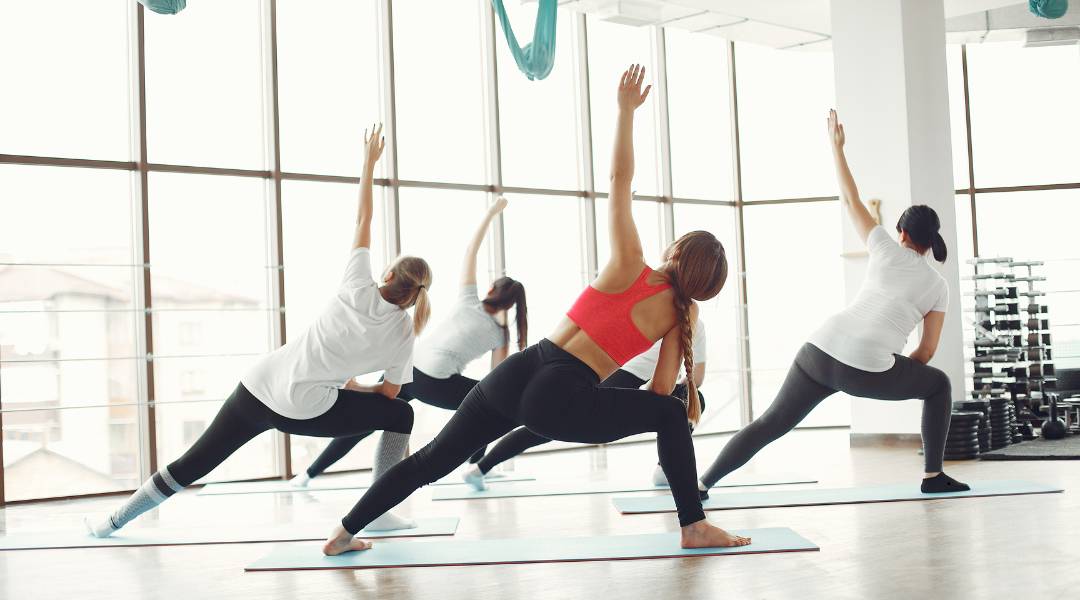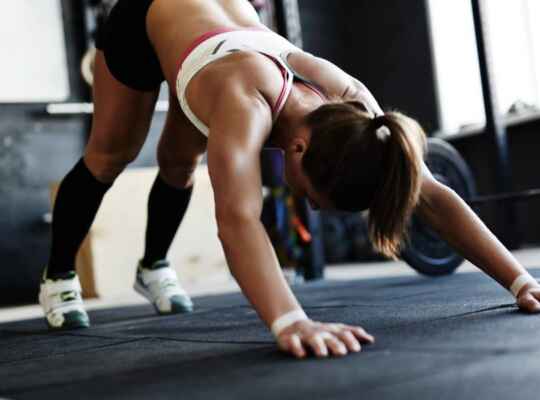- Launch Your Training Today! We're available 24/7 by Appointment Only.
- (615) 329-2747
- info@nextlevelfitness.com
How to Use Corrective Exercises for Functional Training
Easy-to-Follow HIIT Workouts for Beginners
January 15, 2024Functional Strength: A Key to Injury Prevention
April 15, 2024Do you know that daily tasks like sitting or reaching can strain your body? Corrective exercises help you tackle that. They build a strong base to keep injuries and discomfort at bay.
These workouts are foundational for lasting fitness health, boosting joint stability, mobility, and strength. Of course, if sharp pain strikes, see a doctor first to rule out serious issues. Then, consider corrective exercise as part of your functional training regimen. It’s about moving smarter in life’s day-to-day marathon.
Understanding Corrective Exercise Basics
Corrective exercises are key for anyone, whether you hit the gym hard or just enjoy weekend fun. They tackle risks that come with your day-to-day activities, like sitting too long or doing manual work. But remember, they’re not a fix-all. See a doctor if pain kicks in hard and fast.
At Next Level Fitness, we start with an assessment to pinpoint what’s off in your movement. Think of it as sleuthing for clues on where things went wrong so we can set them right again. With tests that check how you stand still and move about, plus strength checks (think detective work for finding which muscles aren’t pulling their weight), our trainers get all the info needed.
We then tailor exercises specifically for your needs—ones that will help stabilize those shaky joints, boost mobility big time, and make every muscle stronger to fight off injury better down the line. Corrective exercise is basically preparing yout body’s foundation before adding more stress from other workouts. It makes sure everything works smoothly together.
Identifying Common Movement Dysfunctions
Movement dysfunctions can throw you off track, making even simple tasks hard. These issues often stem from bad movement patterns that, over time, lead to pain or injury. Think about how you move daily – walking, reaching overhead, or bending down without much thought due to motor programs in your brain.
But when these are faulty because of poor habits or past injuries, they need fixing for better health and function. Healthy movement matters as it affects overall well-being, not just fitness levels. Corrective exercises retrain your body’s movements.
They shift from harmful patterns to those that keep you strong and safe during activities at home, sports, or work. To nail those natural fluid moves again free from hurt, let’s get straight into correcting those movements so life feels good once more.
Assessing Your Functional Movement Patterns
You must first check the basics to pinpoint your movement’s weak spots. Think of exercises like a blueprint. They show where problems hide. You do certain moves so we can spot trouble areas in how you bend, reach, or step.
It’s about seeing if your body has what it takes for sport-level action without getting hurt. Doing these checks matters a lot! When done right, they reveal if basic abilities are lacking and stop future harm by fixing them now.
Picture this: instead of just pumping iron blindly or stretching any old way because it seems good enough, every move is picked to target where you need help most. Professionals use tests that are not tied to special gear but are still all about function. That means anyone can apply them equally wherever they train or heal from injury. Plus, there’s another thing worth knowing: the brains behind such methods donate profits from their tools to keep advancing our knowledge on how best to stay fit and able!
Check yourself before jumping into full-on workouts. Make sure each part works as needed first!
Designing Your Corrective Exercise Program
To create an effective corrective exercise program, you first need to spot bad movement patterns that cause pain or poor posture. Your skill at this can make your training offer top-notch results and keep clients safe from harm. Sometimes, fixing muscle issues they didn’t notice is quick; other times, it takes longer with regular check-ups and various methods.
When a new client shows up hurting, we determine if the discomfort comes from how they move or if something else is medical behind it. If their doctor says it’s okay for them to exercise based on our professional evaluation, after documenting everything, we start planning exercises tailored just for them. We dive into each person’s health history through questions: Do certain actions hurt? What about past illnesses?
This chat helps build trust, so they give us real, super important answers. Our assessments aim to find overworked or lazy muscles and then decide what needs the most work in their routine.
For some individuals, focusing only on correction will be best initially, while others might fit these exercises right into their usual workouts.
Integrating Exercises into Daily Routine
Incorporate self-massage at the start of your workout. This preps muscles for better movement. When you notice more flexibility, add stretches to push muscles into new spaces they’re not used to yet.
Next comes strength training with care. Pick exercises based on what will help fix your sore spots from earlier assessments. If a rounded back is trouble, do myofascial release before anything else. It’s key for fixing that curve in your spine and easing muscle tension there. Mix these corrective moves right into daily workouts. Think warm-ups or breaks between sets, so they become a natural part of getting fit without extra fuss.
Preventing Future Injuries with Consistency
To dodge future harm, stick with regular resistance training. It toughens muscles and the bits that hold them together—ligaments to tendons. This beefing up cuts down on strains or bone breaks.
Mix in endurance work, too. It keeps you going stronger for longer without breaking down your body. Shed weight through exercise paired with good food choices. It lessens injury risks, like joint aches or worse, linked to being heavy. Remember, sitting still can lead straight to hurt: weak muscles tire out fast and get injured more easily.
Keep moving regularly. It’s key not just for fitness but also for staying injury-free.
Corrective exercises boost your training by focusing on body balance, strength, and mobility. At Next Level Fitness, our specialists tailor these movements to meet your unique needs. They enhance performance while reducing injury risk.
Start with an assessment of posture or movement patterns for a clear strategy moving forward. Remember to prioritize form over speed; quality trumps quantity every time. Embrace these steps consistently for the best results in function and health; a smarter way toward peak fitness awaits you.
Warning: Trying to access array offset on value of type null in /var/www/wp-content/themes/betheme/includes/content-single.php on line 286




